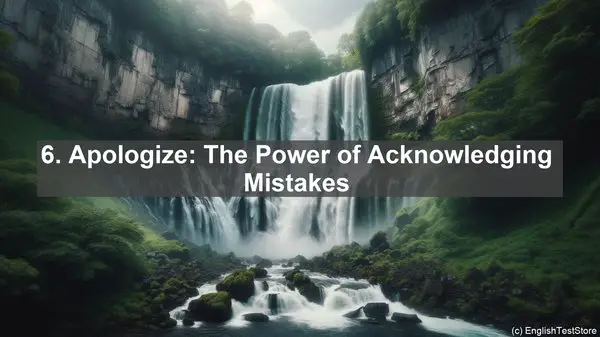Introduction: The Importance of Verbs in Conflict Resolution
When it comes to conflict resolution and mediation, the right choice of words can make all the difference. Verbs, in particular, are crucial as they represent the actions and steps involved in the process. In this lesson, we’ll explore the top 10 verbs that are essential for discussing conflict resolution and mediation. Let’s get started!
1. Identify: The First Step in Conflict Resolution
The first step in resolving any conflict is to identify it. This involves recognizing the issue at hand, understanding the parties involved, and the underlying causes. By identifying the conflict, you lay the foundation for further actions.
2. Listen: The Power of Active Listening
Listening is not just about hearing the words. It’s about actively engaging with the speaker, understanding their perspective, and acknowledging their emotions. Active listening is a vital skill in conflict resolution as it shows empathy and helps in finding common ground.

3. Mediate: The Role of a Neutral Third Party
In many conflicts, a mediator plays a crucial role. A mediator is a neutral third party who facilitates the discussion, ensures everyone’s voice is heard, and guides the process towards a resolution. Mediation requires excellent communication and negotiation skills.
4. Collaborate: Working Together for a Win-Win Solution
Collaboration is often the key to successful conflict resolution. It involves working together, sharing ideas, and finding a solution that benefits all parties involved. Collaboration requires open-mindedness and a willingness to consider different perspectives.
5. Compromise: Finding Middle Ground
In some cases, a complete agreement may not be possible. That’s where compromise comes in. It’s about finding a middle ground, where each party gives up something but gains something in return. Compromise requires negotiation and prioritization.
6. Apologize: The Power of Acknowledging Mistakes
In conflicts, it’s not uncommon for mistakes to happen. And a sincere apology can go a long way in resolving the issue. Apologizing shows accountability, empathy, and a willingness to make amends. A genuine apology can often defuse tensions.
7. Clarify: Avoiding Misunderstandings
Misunderstandings can escalate conflicts. That’s why it’s crucial to clarify any ambiguous statements or actions. Clarification involves asking questions, seeking explanations, and ensuring everyone is on the same page.
8. De-escalate: Calming the Situation
In heated conflicts, emotions can run high. De-escalation techniques, such as taking a break, using calming language, or suggesting a different approach, can help in diffusing the tension and creating a more conducive environment for resolution.
9. Document: Keeping a Record
When it comes to formal conflicts, such as legal disputes, documentation is vital. Keeping a record of discussions, agreements, and any relevant information ensures clarity and can be useful for future reference.
10. Evaluate: Learning from the Experience
After a conflict is resolved, it’s essential to evaluate the process. What worked? What could have been done differently? By reflecting on the experience, you can learn and improve your conflict resolution skills for future situations.

